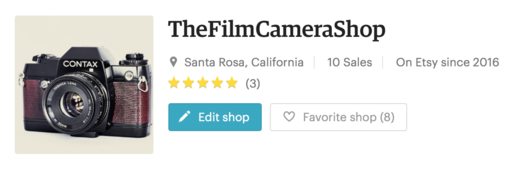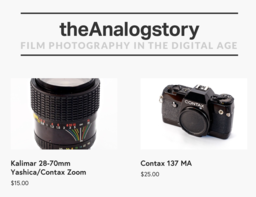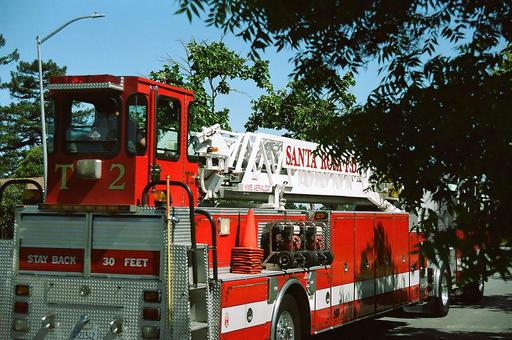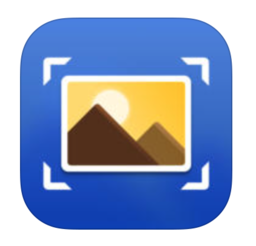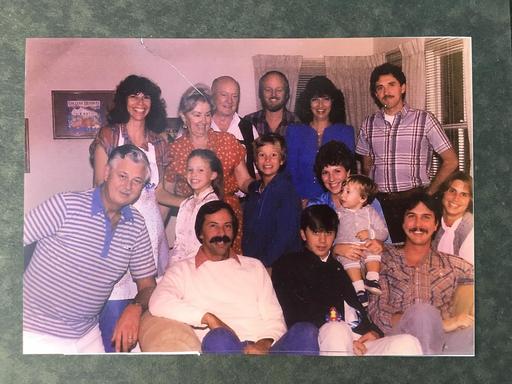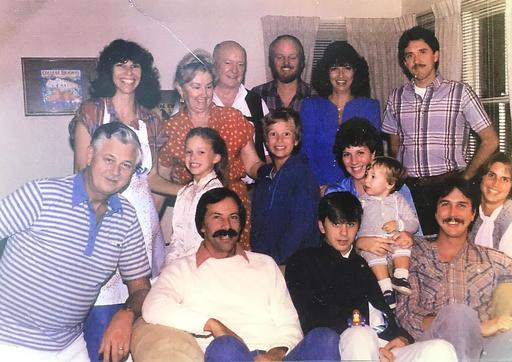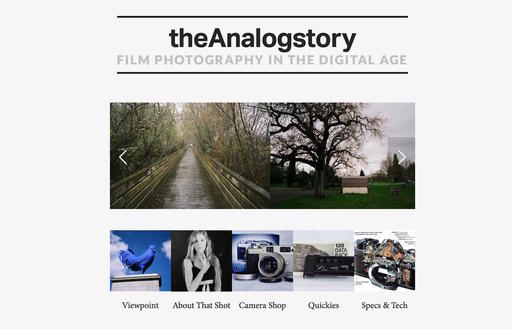A big part of The Film Project has been learning about used photo gear and testing various cameras and films. In order to keep items moving through our shop, we've created two stores offering exceptional value to anyone interested in purchasing classic SLRs and lenses.
TheFilmCameraShop on Etsy
Our TheFilmCameraShop on Etsy offers cameras, lenses, and accessories that have been inspected and cleaned in our shop at theAnalogstory.com. Every camera has been film tested at least once, as well as the lenses that go with them.
We chose Etsy as the location for TheFilmCameraShop because of their high standards, excellent customer service, and interesting array of goods offered. At the moment we're featuring Pentax, Contax, and Yashica brands. We're in the process of adding a line of Minolta products too.
These are great cameras and optics. And the images produced by them will be featured in my book on analog photography.
The Outlet Store for Used Gear
Not every item we buy for testing passes muster for the Etsy store. And we've accumulated a number of accessories that came with camera packages that weren't necessarily something that we wanted to feature in TheFilmCameraShop.
So we did what any respectable retailer would do. We created the Outlet Store for Used Gear. Here you'll find an array of odds and ends at rock bottom prices with super cheap shipping.
Think of the Outlet Store for Used Gear as an online garage sale that only sells photo stuff. There are no returns or refunds on these items. But at these prices, who cares!
If you have a few moments, you may want to check out both stores. It's window shopping for photographers.
Do You Like Film?
Take a look at theAnalogstory - Film Photography in the Digital Age. We cover great 35mm cameras, personal stories from film photographers, quick tips, and even a camera shop. Stop by, won't you?
Want to Comment on this Post?
You can share your thoughts at the TDS Facebook page, where I'll post this story for discussion.
